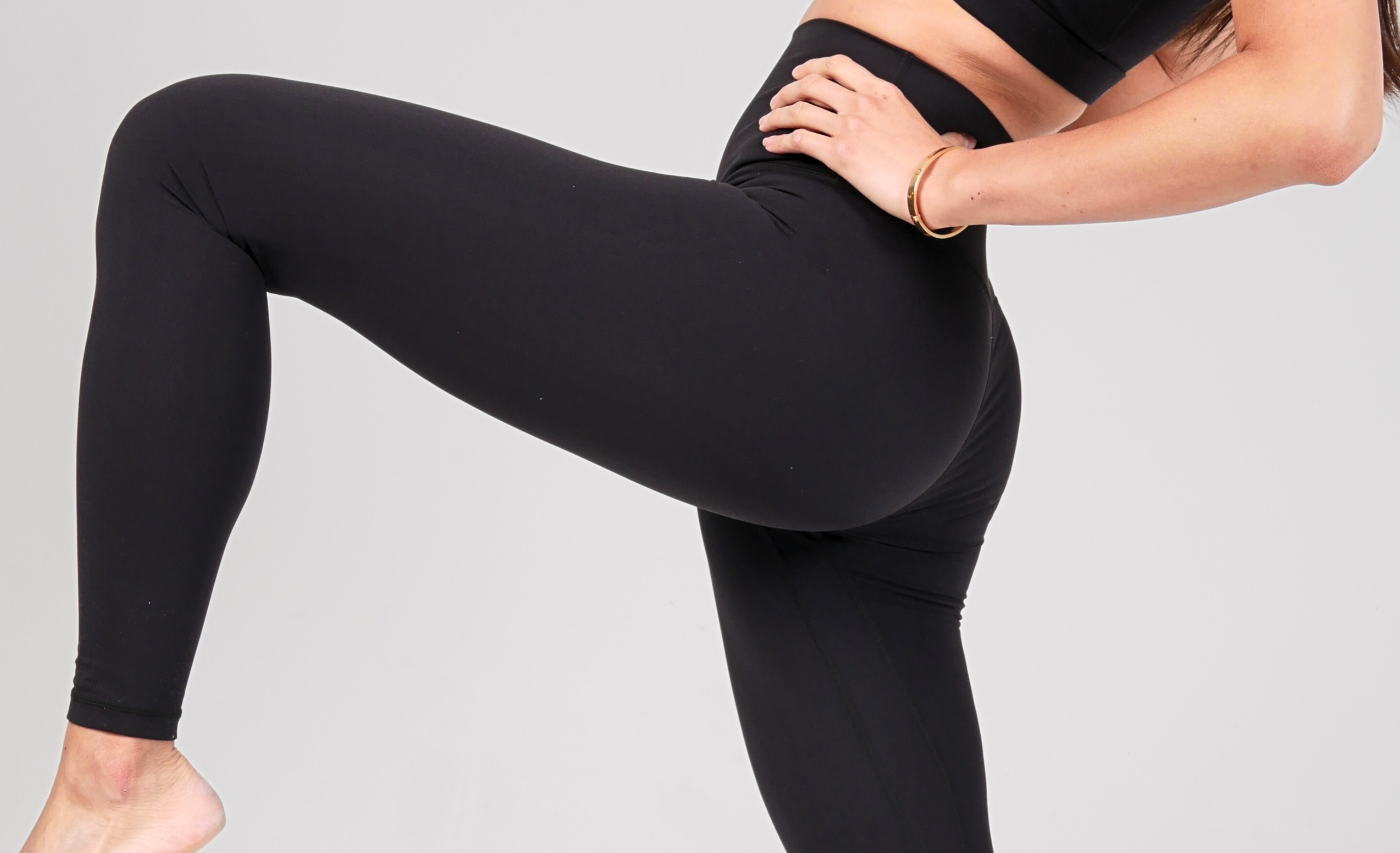Navigating the world of activewear shopping can be both a thrill ride and a head-scratcher. When you're crystal clear on what you need, it's smooth sailing, but when you're lost in the sea of options, it can feel like a wild adventure. Let's dive into a specific dilemma: Yoga leggings or Gym leggings? It's not just about looks; there are differences that can either help or hinder your wellness journey.
So, get ready, because we're about to figure out the differences between these two types of leggings. Here's what you need to know about each:
Yoga Leggings:
Compression: Yoga leggings usually have less compression than running leggings. They focus more on allowing you to move freely and feeling comfortable rather than providing strong support for activities like running.
Fabric: Yoga leggings are known for being soft, breathable, and stretchy. They focus on providing flexibility and ease of movement, with features like second-skin feel for added comfort.
Gym Leggings:
Compression: Gym leggings are tailored for a tighter fit than yoga leggings, delivering increased compression to bolster muscle support and promote circulation during high-impact exercises like running.
Fabric: Gym leggings often feature advanced moisture-wicking properties and extra ventilation, such as mesh panels, to keep you cool and dry during intense workouts.
Now, when it comes to selecting the right yoga leggings, there are a few key factors to consider:
High Waist: Opt for high-waisted yoga leggings to prevent them from slipping down during your practice. This style provides coverage and support, making it ideal for yoga and other activities.
Breathable Fabric: Choose yoga leggings made from breathable materials to stay comfortable, especially during heated yoga sessions.
Comfortable Fabric: Look for leggings made from soft, comfortable materials that allow for unrestricted movement and flexibility.
Squat Proof: Ensure your yoga leggings are squat-proof to avoid any embarrassing mishaps during your practice. Look for four-way stretch fabric for maximum flexibility and coverage.




Mastering the Heat: Your Simple Guide to Hot Yoga
Yoga Retreats - Hosted by your local Yoga Studio